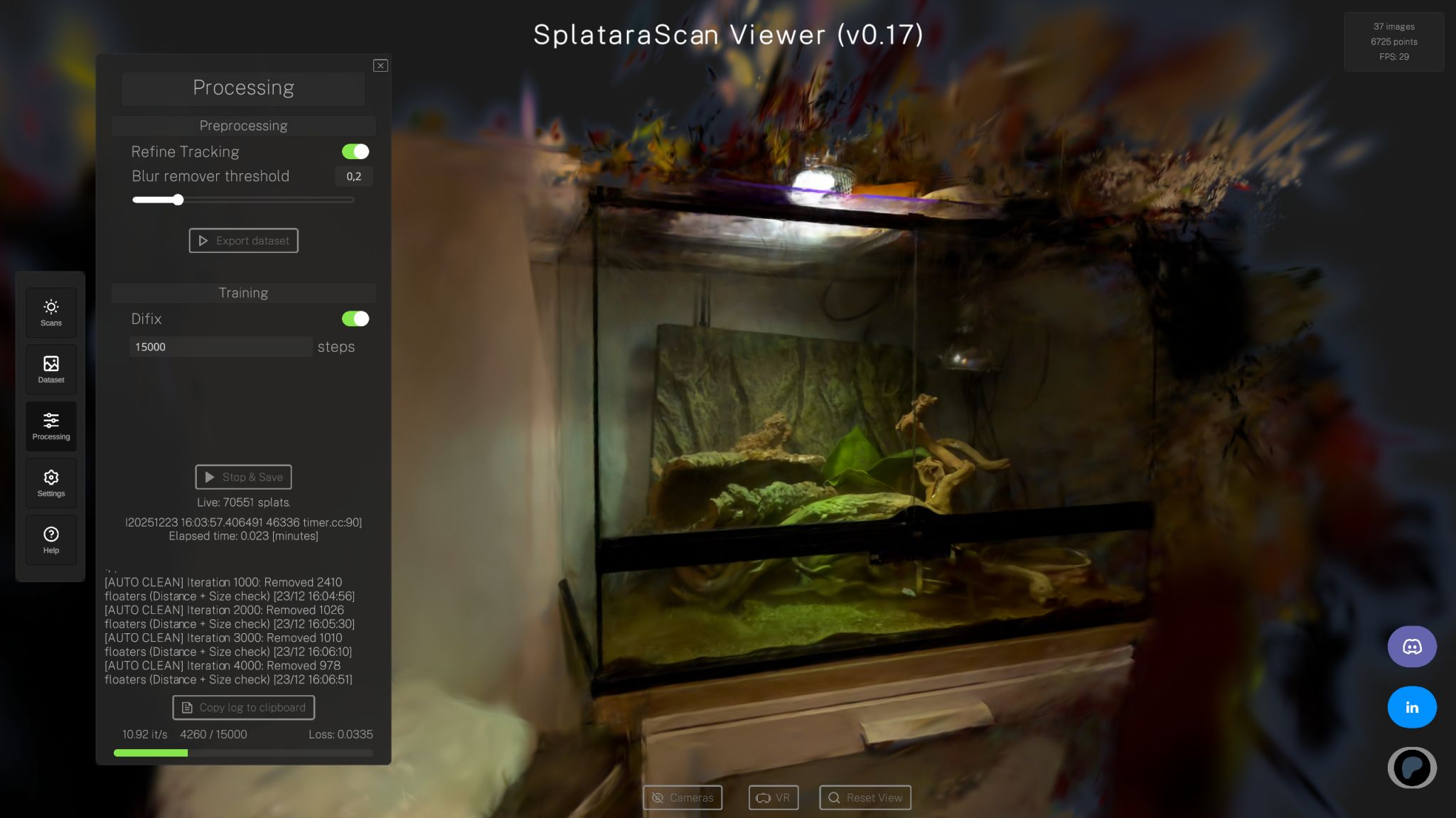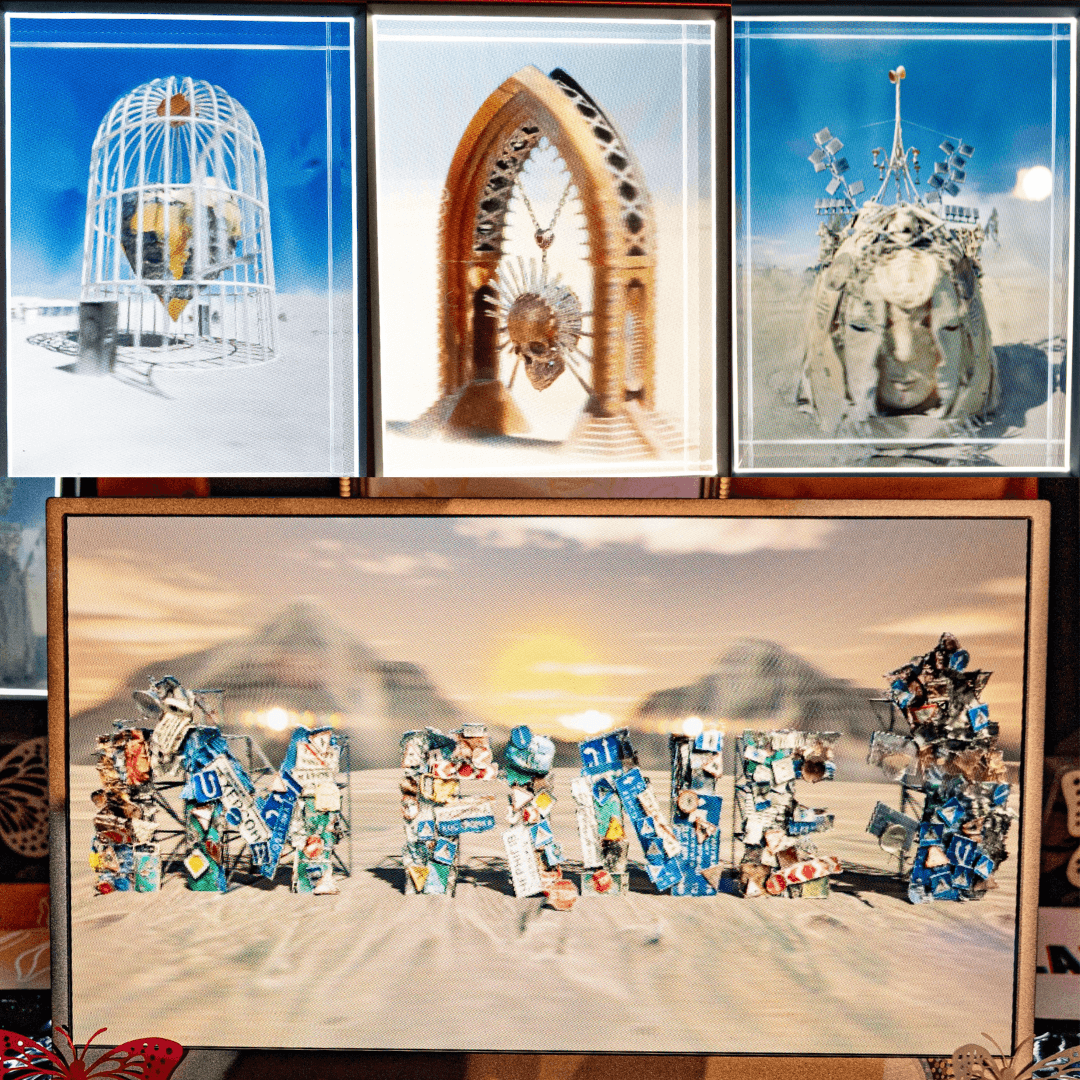
Michael Rubloff
Jan 10, 2023
What are Neural Radiance Fields?
Neural Radiance Fields, or NeRFs for short, are a new approach to 3D rendering and novel view synthesis that has recently garnered a lot of attention in the computer graphics community. A Neural Radiance Field is a new method to render photorealistic novel views of scenes through an input of 2D images.
It is data trained through a neural network (Ne) that is able to accurately represent what each pixel’s color looks like depending on the viewing angle otherwise known as the radiance (R), which is then displayed in a volumetric field (F).

Traditionally, 3D rendering has been accomplished using techniques such as ray tracing, which involves simulating the path of light through a virtual scene and calculating how that light should be absorbed and scattered by the objects in the scene. While this approach has been successful in producing high-quality images, it can be computationally expensive and may not be suitable for real-time rendering or interactive applications.
NeRFs, on the other hand, offer a new way of synthesizing 3D images that is both highly efficient and capable of producing photorealistic results. The key idea behind NeRFs is to use a neural network to learn the inherent structure of a 3D scene, and then use that learned representation to generate an image from any viewpoint.
To accomplish this, NeRFs use a machine learning approach called "differentiable rendering," which involves training a neural network to predict the radiance of a scene from any given viewpoint. The network is trained on a dataset of 3D scenes and corresponding 2D images, and it learns to map between the two by minimizing the difference between the predicted and actual images.
One of the key benefits of NeRFs is that they can generate high-quality images very quickly, even when rendering complex scenes with many objects and materials. This makes them well-suited for applications such as virtual reality, where fast rendering is essential for maintaining a smooth and immersive experience.
Another advantage of NeRFs is that they can synthesize images from novel viewpoints, even if those viewpoints are not present in the training data. This allows them to be used for tasks such as view interpolation, where an image is generated for a viewpoint that is in between two known viewpoints.
How many Photos do you need for NeRFs?
According to Nvidia's Github, 50-150 images are recommended. However, that number can vary widely based upon the dataset that you are working with. For instance, if the selected images cover a wide variety of the scene, it is possible to utilize fewer images to capture the entire scene. Additionally, depending on the GPU, you might only be able to include a certain number of images. If you are struggling to figure out how many images, utilize the VRAM Calculator.
Other platforms, such as Luma AI, train the data on the cloud and thus are able to utilize larger training sets without fear of maxing out computer memory.
The Future of NeRFs
There are several challenges that must be overcome in order to effectively use NeRFs for 3D rendering. One of these challenges is the need for large amounts of training data in order to accurately capture the inherent structure of a scene. Another challenge is the difficulty of training neural networks to produce high-quality images, which can be affected by factors such as network architecture and optimization algorithms.
Despite these challenges, NeRFs have shown great promise as a tool for 3D rendering and image synthesis, and they are likely to play a significant role in the future of computer graphics. In fact, they have already been used to create some stunningly realistic images and animations, and it is likely that we will see even more impressive results in the coming years as the technology continues to mature.
Overall, Neural Radiance Fields are an exciting development in the field of computer graphics, and they have the potential to revolutionize the way that 3D images are generated. Whether they will eventually replace traditional rendering techniques remains to be seen, but it is clear that they are a powerful tool that will have a significant impact on the field.







